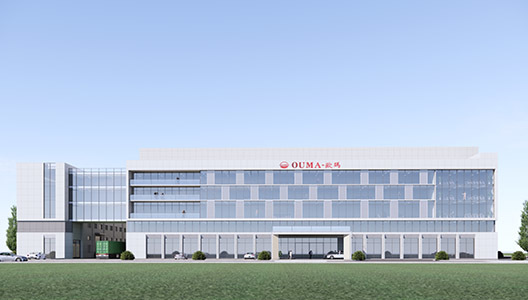The difference between natural gas engines and diesel engines.
Nov 25,2024
Compared to the original diesel engine, natural gas engines mainly have the following differences:
Compared to the original diesel engine, natural gas engines mainly have the following differences:
1. Fuel Supply System
The components related to the fuel injection system of the original diesel engine have been removed, and components related to supplying LPG or CNG, such as evaporative pressure regulators (for LPG engines) and pressure reducers (for CNG engines), have been added.
2. Ignition System
Diesel engines are compression ignition engines, while LPG and CNG use a spark ignition method similar to gasoline engines due to fuel characteristics (anti-knock performance). After removing the fuel injectors, the injector holes on the cylinder head were converted to spark plug holes. After removing the oil pump, an ignition drive device was installed in the original oil pump position to obtain the ignition timing signal from the ignition timing sensor. An ignition system composed of ignition modules, ignition coils, and spark plugs has been added.
3. Control System
LPG and CNG engines use electronic control, achieving more precise control of air-fuel ratio, ignition advance angle, and boost pressure at various operating points compared to the original mechanical diesel engine. To meet these control requirements, corresponding sensors such as MAP, MAT, ECT, ignition timing, and oxygen concentration have been added.
4. Compression Ratio
The selection of compression ratio is closely related to the anti-knock performance of the fuel, which is measured by the fuel's octane rating. The higher the octane rating, the better the anti-knock performance. Common fuels are ranked by octane rating as follows: diesel, CNG (methane), propane, butane (LPG is a mixture of propane and butane), and gasoline. Based on this fuel characteristic, CNG engines generally have a higher compression ratio than LPG engines but lower than diesel engines, while LPG engines can have a slightly higher compression ratio than gasoline engines. Of course, since LPG is a mixture of propane and butane, different mixing ratios also affect its compression ratio selection.
To improve the design of LPG and CNG engines based on diesel engines and reduce the compression ratio, it is necessary to increase the combustion chamber volume. Since there is generally no room for modification in the cylinder head structure of diesel engines, only the combustion chamber volume on the piston can be increased. Therefore, both LPG and CNG engines have increased their combustion chamber volume to meet compression ratio requirements.
Hot Tags:
NEXT:
Contact Us
E-mail:
oumapower@163.com
Tel:
+86-510-88609781
Address:
No. 209, Zhangjing East Section, Xigang Road, Xibei Town, Xishan District, Wuxi City
MESSAGE
We will contact you within one working day. Please pay attention to your email.
COOKIES
Our website uses cookies and similar technologies to personalize the advertising shown to you and to help you get the best experience on our website. For more information, see our Privacy & Cookie Policy
COOKIES
Our website uses cookies and similar technologies to personalize the advertising shown to you and to help you get the best experience on our website. For more information, see our Privacy & Cookie Policy
These cookies are necessary for basic functions such as payment. Standard cookies cannot be turned off and do not store any of your information.
These cookies collect information, such as how many people are using our site or which pages are popular, to help us improve the customer experience. Turning these cookies off will mean we can't collect information to improve your experience.
These cookies enable the website to provide enhanced functionality and personalization. They may be set by us or by third-party providers whose services we have added to our pages. If you do not allow these cookies, some or all of these services may not function properly.
These cookies help us understand what you are interested in so that we can show you relevant advertising on other websites. Turning these cookies off will mean we are unable to show you any personalized advertising.










